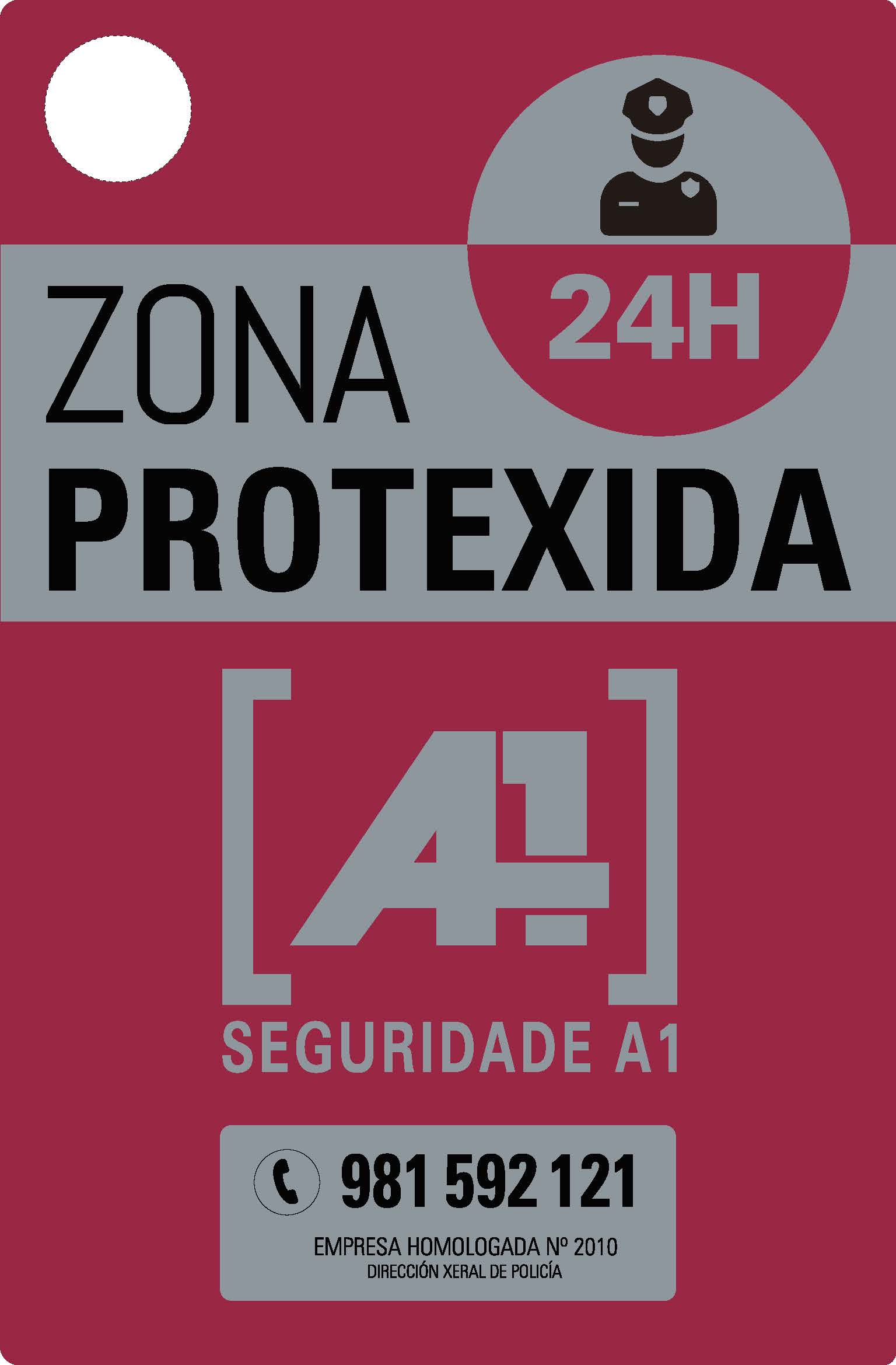In the dynamic world of private security, it is crutial to understand the different levels of protection that can safeguard our homes and businesses.
In this article, we will explore the differences between two fundamental approaches: active security and passive security and explain why it is important to combine both to increase our protection.
Active security: the visible shield.
The term “active security” refers to measures to strengthen the resistance of a place to potential threats. In other words, it is everything whose main objective is to prevent and avoid possible damage , whether it is an intrusion or an incident such as a fire or a flood.
Therefore, this would include both deterrent elements (such as warning signs of connection with a security company) and those that prevent or delay an assault or accident.
Thus, for example, installing a smart or advanced lock is an active security measure, since it will significantly increase the protection of the property as it is much more difficult to breach.
As mentioned in another blog post, these locks use advanced encryption and two-step authentication to allow access without the need for traditional physical keys, protecting communications and data to communicate with mobile devices such as smartphones or tablets, allowing control remote and access management.
Similarly, armored glass actively increases the level of security and can be an excellent security barrier to prevent intrusions through windows or shop windows. But good outdoor lighting is also an excellent active security measure, as it is a very effective deterrent against intruders.
Other active security measures that we can use are:
- Reinforced or armored doors .
 Window and door bars.
Window and door bars.- Fences and gates.
- Barriers.
- Access control .
- Safes and fireproof boxes .
- Panic or safe rooms.
- Video surveillance cameras.
- Presence and motion detectors, with or without integrated camera.
- Strong passwords and error and duress codes.
- Smoke sensors .
- Thermometers .
- Anti-frequency inhibitors.
- Dissuasive signs: this is a warning that serves as protection, since it informs that our home or business is protected with security elements.
Passive safety: the dynamic response.
The term “passive safety” refers to measures aimed at minimizing damage when an event occurs . That is, it is everything whose main objective is to minimize the consequences and damage through an immediate response.
Thus, within this denomination we would find:
- Hidden security cameras.
- Image storage systems.
- Night vision cameras.
- Fog cannon to obstruct the intruder’s vision.
- Loud alarm sirens.
- Seismic sensors.
- 24/7 video verification system.
- Notification to State Security Forces, State Security Forces (Police, Civil Guard).

Self-protection plans against fires , emergency signage, sprinklers or fire extinguishers and fire hydrants (BIES) are also considered passive safety elements, which will allow us to act quickly in the event of a fire.
Flood and temperature sensors, whether or not connected to a control center, will also help minimize the negative consequences of a possible problem in our business or home.
The recordings made by the security cameras will allow us to identify the possible perpetrators, the possibility of recovering what was stolen and, very importantly, not having problems with complaints or insurance.
So, a security system connected to an Alarm Receiving Center, is active security or passive security?
The answer is that it is the perfect combination of both.
The system connected to a private security company has elements of both “layers” of protection.
On the one hand, it will be equipped with active safety, such as:
- Warning signs for connection to an Alarm Receiving Center that monitors the location 24/7 .
- Motion detectors.
- Visible cameras.
- CCTV System, Closed Circuit Television.
- Acoustic notice of entry/exit of the property.
- Keyboard with password and/or electronic access keys.
- Frequency inhibitor.
- Access control or barriers.
And, on the other hand, it will have passive safety elements, such as, among others:
- Loud siren.
- Verification of alarm trips.
- Immediate warning to Police , Civil Guard .
- Warning to owners.
- Panic button.
- Smoke or temperature sensors.
- Uninterruptible power supply system.
Security cameras and detectors are in themselves both active and passive security elements, since their mere presence has a deterrent effect and the images they capture help minimize the damage caused by a possible intrusion, since they will be used as evidence for arrest and prosecution. of those responsible and for the insurance of assets.
Synergy between the two approaches: 360° protection
In practice, the combination of active and passive security offers integral protection.
Remember:
Active security: minimize risk ![]() Passive security: minimize damage.
Passive security: minimize damage.
For example, a security feature designed to prevent access by a thief would be a security component that is active in nature. On the other hand, a siren that sounds an audible alert after a thief has gained access would be a passive approach security mechanism. Installing an anti-bumping lock (active security) along with a fog cannon (passive security) would create a more complete shield against threats.
In Spain, private security companies play a key role in advising on the best combination of strategies, adapting them to the specific needs of each client. Working with local experts, who understand the nuances of security in the specific context, ensures effective and customized solutions.
That’s why active and passive security are essential elements of threat protection. By understanding the differences and leveraging the synergy between both, we can create safer environments and protect what we value most.
Remember that at SEGURIDADE A1 we are security specialists, that our 24-hour Alarm Receiving Center is located in Santiago de Compostela and we have offices in Madrid, Barcelona and Alicante , but we provide security systems and services throughout Galicia, all of Spain and part of the foreign.
If you found this content interesting, you may be interested in:
10 tips on how to increase security at home
Complete guide on Video Surveillance Towers: what they are, what they are for and how they are used
Temperature control system for server rooms, cold rooms and cold storage warehouses: how to optimize efficiency and safety
Specific security measures for gas stations
Integral security solutions in Galicia, Asturias, Cantabria, Basque Country (Euskadi), Navarre, La Rioja, Aragon, Catalonia, Valencia, Andalusia, Extremadura, Madrid, Castilla La Mancha and Castilla Leon.
Seguridad integral en Galicia, Asturias, Cantabria, País Vasco (Euskadi), Navarra, La Rioja, Aragón, Cataluña, Comunidad Valenciana, Andalucía, Extremadura, Madrid, Castilla La Mancha y Castilla León.
